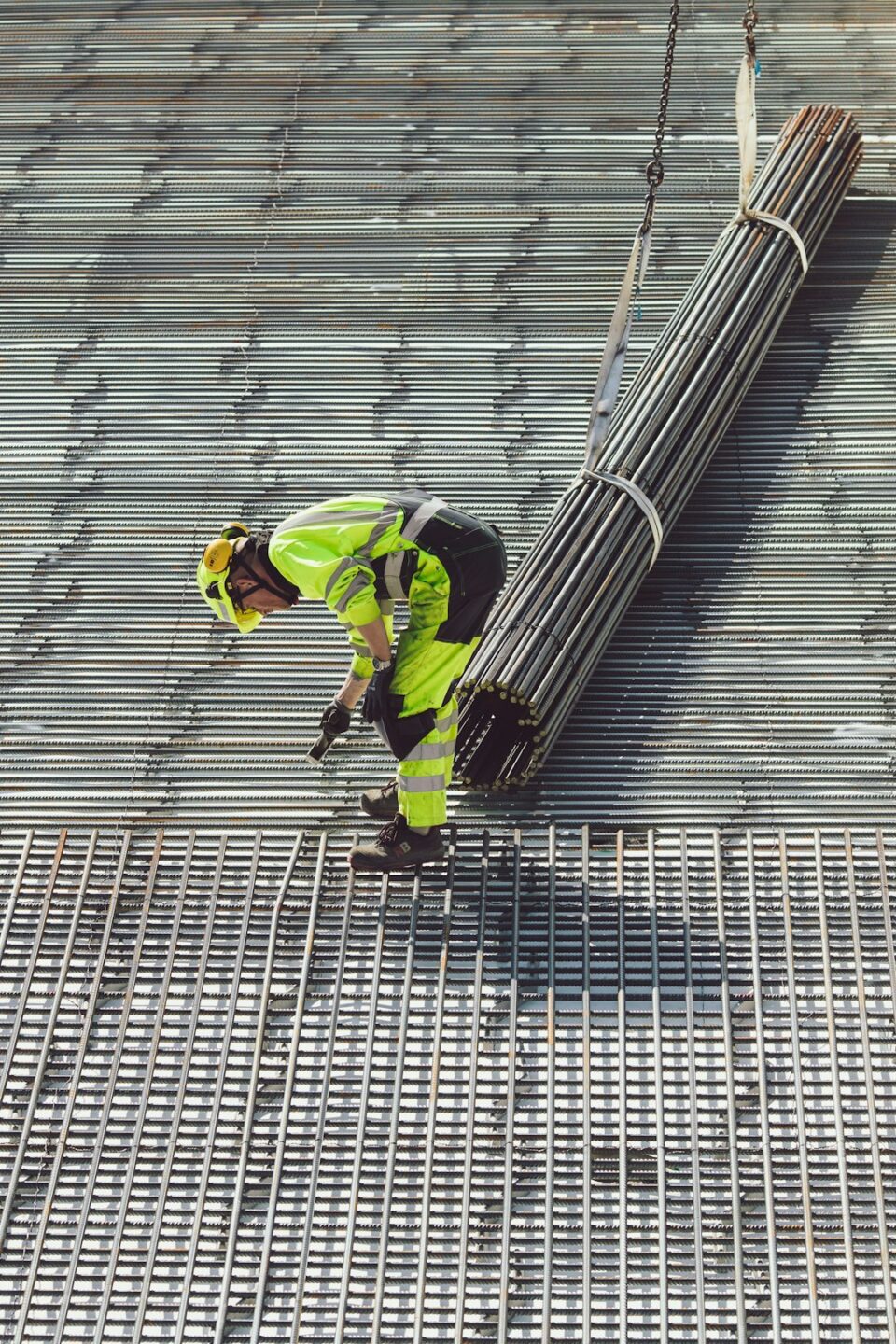The Evolution of Green Engineering Practices
As environmental concerns have become more pronounced, so has the need for sustainable and environmentally-friendly practices across various industries. This has led to the evolution of green engineering practices, which aim to reduce the environmental impact of engineering processes and promote sustainability.
Green engineering practices have come a long way since their inception and have witnessed significant advancements in recent decades. The traditional mindset of designing and building without much consideration for the environment is being replaced with a more responsible approach.
One of the key aspects of green engineering practices is resource conservation. Engineers now focus on utilizing resources more efficiently and minimizing waste generation. Energy-efficient buildings, for example, are designed to reduce energy consumption by utilizing efficient insulation, natural lighting, and advanced HVAC systems. These measures not only conserve energy but also reduce greenhouse gas emissions and help combat climate change.
Another significant aspect of green engineering is the incorporation of renewable energy sources. Solar panels and wind turbines are becoming increasingly common as a means to generate clean and sustainable energy. The integration of renewable energy systems in various industries and infrastructures is a testament to the commitment towards sustainable practices.
Material selection plays a crucial role in green engineering practices as well. Engineers are now opting for eco-friendly materials that have a minimal impact on the environment. This includes the use of recycled materials, biodegradable substances, and low-impact manufacturing processes. By choosing sustainable materials, engineers are not only reducing the carbon footprint but also promoting a circular economy where waste is minimized, and resources are reused.
Green engineering practices also emphasize the importance of minimizing pollution. Industries have started investing in advanced technologies to reduce air, water, and soil pollution. Smokestack scrubbers, wastewater treatment plants, and soil remediation techniques are some of the solutions being implemented to address pollution concerns. Additionally, engineers are designing manufacturing processes that generate fewer pollutants and developing innovative ways to tackle waste management.
The evolution of green engineering practices has been driven by advancements in technology and increased awareness of environmental issues. The development of computer-aided design (CAD) software has allowed engineers to simulate and optimize designs, reducing the need for physical prototypes and saving both resources and time. Furthermore, the rise of the Internet of Things (IoT) has facilitated the collection of real-time data, enabling engineers to monitor and optimize energy consumption in buildings and industrial processes.
In recent years, there has been a growing emphasis on the concept of a sustainable built environment. This involves integrating green engineering practices into urban planning, architectural design, and construction processes. Sustainable cities are now being designed with features such as green roofs, rainwater harvesting systems, and efficient public transportation networks. These initiatives aim to create livable spaces that prioritize the well-being of both humans and the environment.
The evolution of green engineering practices has not been without its challenges. There is a need for widespread adoption and acceptance of sustainable practices among engineers, developers, and policymakers. Incentives and regulations that encourage the use of green technologies and sustainable design should be implemented to drive change on a larger scale.
Public awareness and education are also crucial in promoting the adoption of green engineering practices. By highlighting the benefits of sustainable design and showcasing success stories, individuals can make informed choices and support environmentally-friendly initiatives.
In conclusion, the evolution of green engineering practices has transformed the way engineers approach design and construction. Resource conservation, renewable energy integration, eco-friendly material selection, pollution mitigation, and the development of sustainable cities are all key components of this evolving field. As the world continues to face environmental challenges, green engineering practices offer a promising solution to create a more sustainable future.

